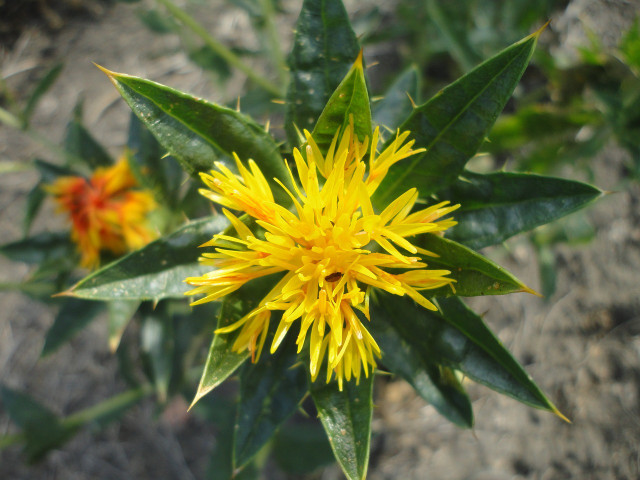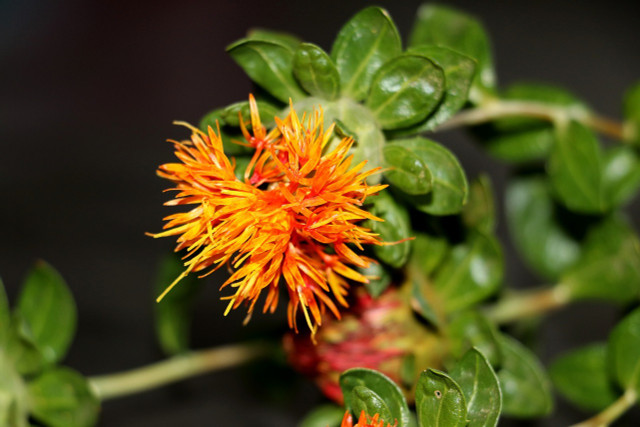
Safflower with its orange flowers is not only a real eye-catcher in the garden. The plant is also attributed various healing properties. Here you can find out how safflower works and how you can grow it.
Safflower is a popular ornamental plant because of its beautiful flowers. Also known as safflower, it was used in ancient Egypt to dye clothing. Today, safflower is also important for the food industry, because edible oil is made from its seeds.
Contents
Safflower: how it affects the body

The oil, which is extracted from the seeds of the safflower, is said to have numerous health benefits. It has a high content of healthy fatty acids and at the same time contains very few saturated fatty acids. However, research into the oil’s mode of action is not yet particularly advanced. However, studies have partially found the following effects:
- Lower cholesterol: Some studies have discovered evidence that safflower oil can lower high cholesterol levels. Especially the LDL (low-density lipoprotein), which is classified as harmful, is said to decrease when safflower oil is used regularly as a cooking oil.
- Lowering blood pressure: There are different findings about how safflower oil affects blood pressure. For example, one study found that a diet rich in safflower oil can lower blood pressure. Other studies, however, failed to demonstrate such an effect.
- Diabetes: In a study published in the journal Clinical Nutrition in 2011, positive effects of safflower oil on diabetes were demonstrated. In the study, women suffering from type 2 diabetes took eight grams of the oil daily. As a result, the blood sugar levels of the participants improved.
Growing safflower in your own garden

Safflower is a very low-maintenance plant that makes relatively few demands on its environment. That’s why you can grow safflower in your garden quite easily. In order for the plant to thrive, you should follow these tips:
- Safflower seeds: Safflower seeds are available in any well-stocked gardening store. It is best to sow the seeds from the end of March to the beginning of April.
- First, you should loosen the seed soil with a rake. For more nutrients you can add some compost.
- Now scatter the seeds at intervals of five centimeters and press them about two to three centimeters deep into the soil.
- After two to three weeks, the safflower seeds will germinate. Now make sure that the soil always remains slightly moist.
- The right location: It is best to find a sunny and warm spot for the safflower in your garden. There it feels most comfortable.
- The right soil: Make sure that you plant safflower preferably in loamy-sandy soil. It is also important that the soil is well-drained and rich in nutrients and humus.
- Proper care: The adult safflower plant needs to be watered relatively infrequently, as it uses its long taproot to supply itself with water from deeper layers of soil. Waterlogging should be avoided at all costs. If you have already mixed compost into the soil when you sowed the seeds, the safflower does not need any further fertilizer.
- Harvest: In September and October you can collect the seeds from the inflorescences and use them as new seeds.
Use of safflower in medicine and nutrition

Whether for medicinal purposes or in the kitchen, safflower is mainly used as an oil. There are two varieties:
- high oleic: This safflower oil contains a high proportion of esterified oleic acid.
- high-linoleic: In this form of oil, the amount of esterified linoleic acid predominates.
- In the pharmacy you can also get safflower oil in the form of capsules or powders. However, it is better to talk to your doctor before taking the oil for a longer period of time.
In the supermarket you will find safflower oil mostly under the term safflower oil. You can use it as a cooking oil and fry it or use it as a base for salad dressings.


